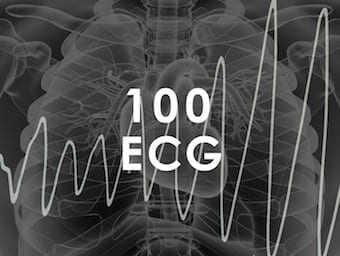
ECG Case 127
Can ST depression and T wave inversion in aVL be normal? Can BER cause reciprocal changes? Learn about using the QRS-T wave angle to answer these questions

Can ST depression and T wave inversion in aVL be normal? Can BER cause reciprocal changes? Learn about using the QRS-T wave angle to answer these questions
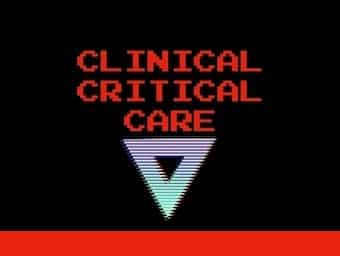
Critical care controversies: Salim Rezaie (REBELEM) and Ken Milne (SGEM) go toe-to-toe debating some hot topics in critical care.
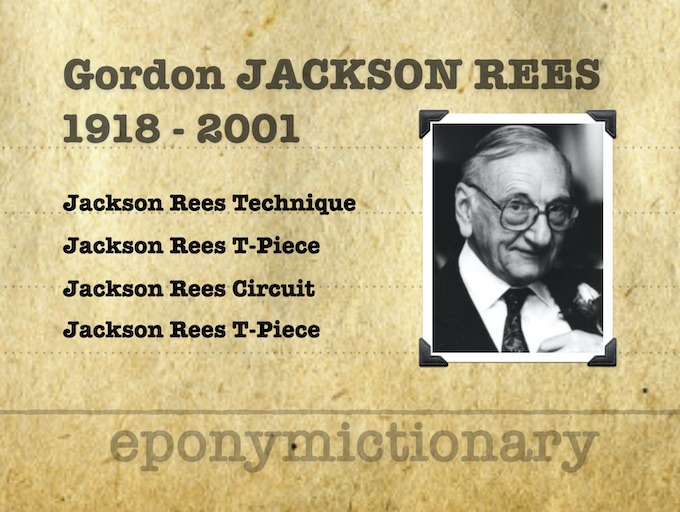
Gordon Jackson Rees (1918 – 2001) was a British anaesthetist. He laid down the foundations for paediatric anaesthesia. Jackson Rees T-Piece, circuit and T-tube
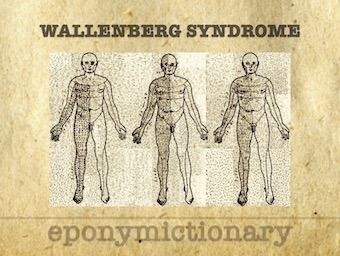
Wallenberg Syndrome: neurological disorder with a variety of symptoms associated with posterior circulation ischaemic stroke. [AKA lateral medullary syndrome or posterior inferior cerebellar artery syndrome]

ECMO is a life-saving intervention for critically ill patients, but patients describe a recovery period that can take months to years.

A man in his 40s is brought in GCS 3. Can you interpret these ECG and echo abnormalities to appropriately guide management?

What can Prehospital and Retrieval Medicine teach us about life? Natalie May reflects on lessons learned at Sydney HEMS – from the practical to the philosophical.

Charles Aston Key (1793 –1849) was an English surgeon. Eponym: Key-Hodgkin murmur (1827)
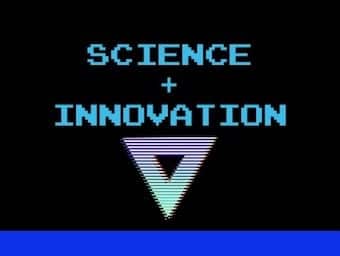
Being able to open any mobile phone camera enables triage of scene (mechanism of injury) and patient (physiology). This enables better resource allocation and can start treatment sooner.

Danis-Weber classification is a method of describing ankle fractures. It has three categories, based primarily upon the fracture of the fibula

PHEM is a male dominated speciality but why is that? Caroline Leech takes us through the reasons why this inequity exists and how we can breakdown barriers.

Maisonneuve fracture - Upper 1/3 fibula fracture; disruption of distal tibiofibular syndesmosis with medial malleolus fracture or deep deltoid ligament tear